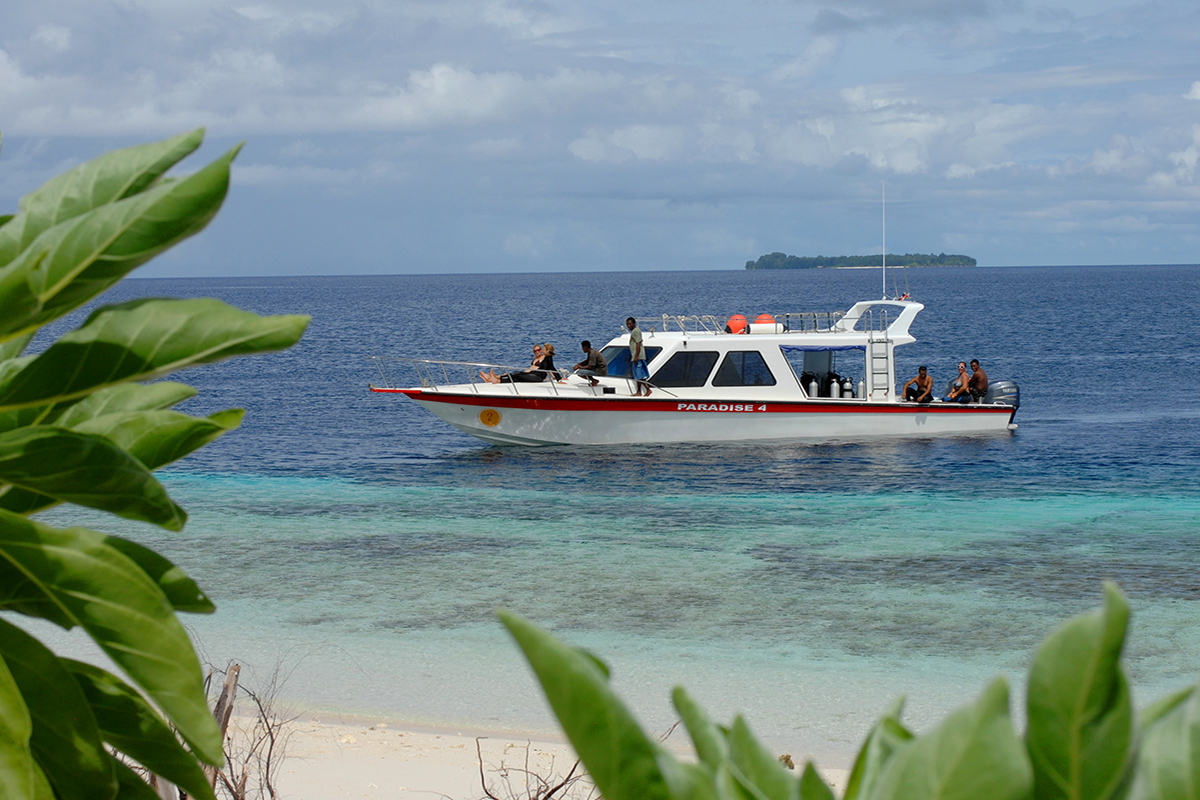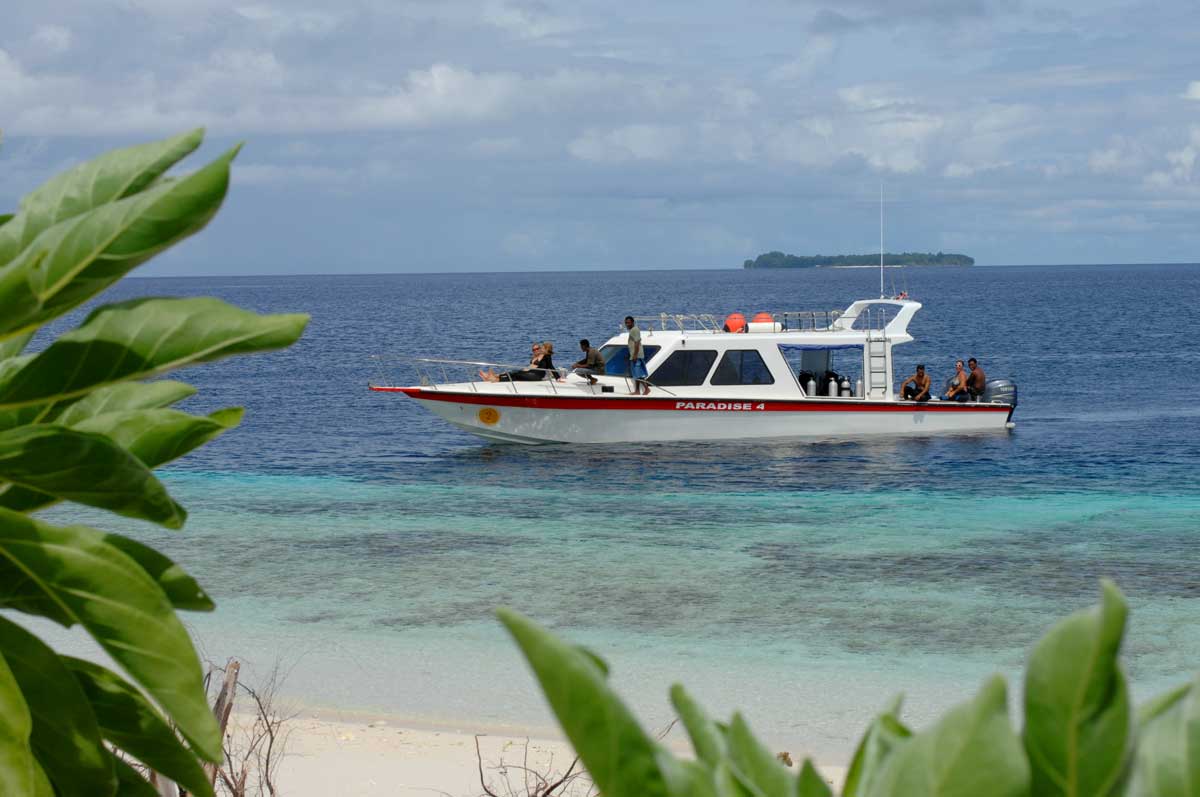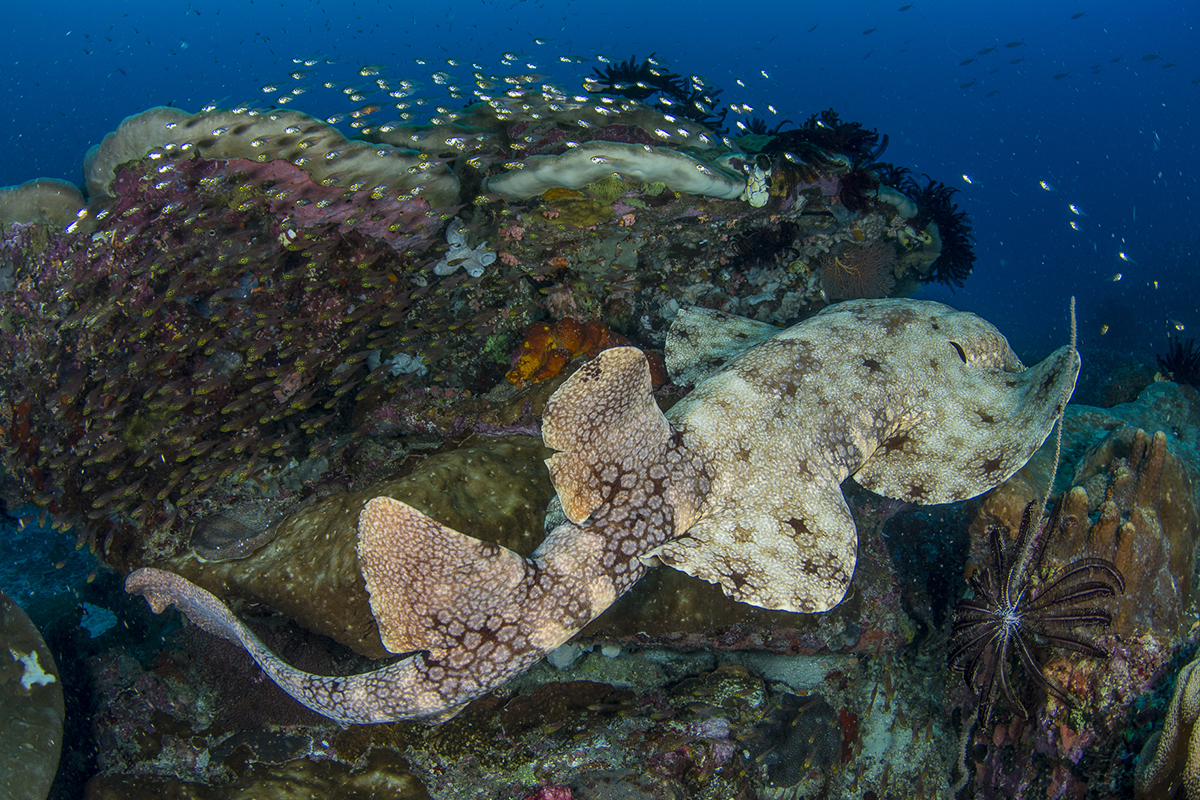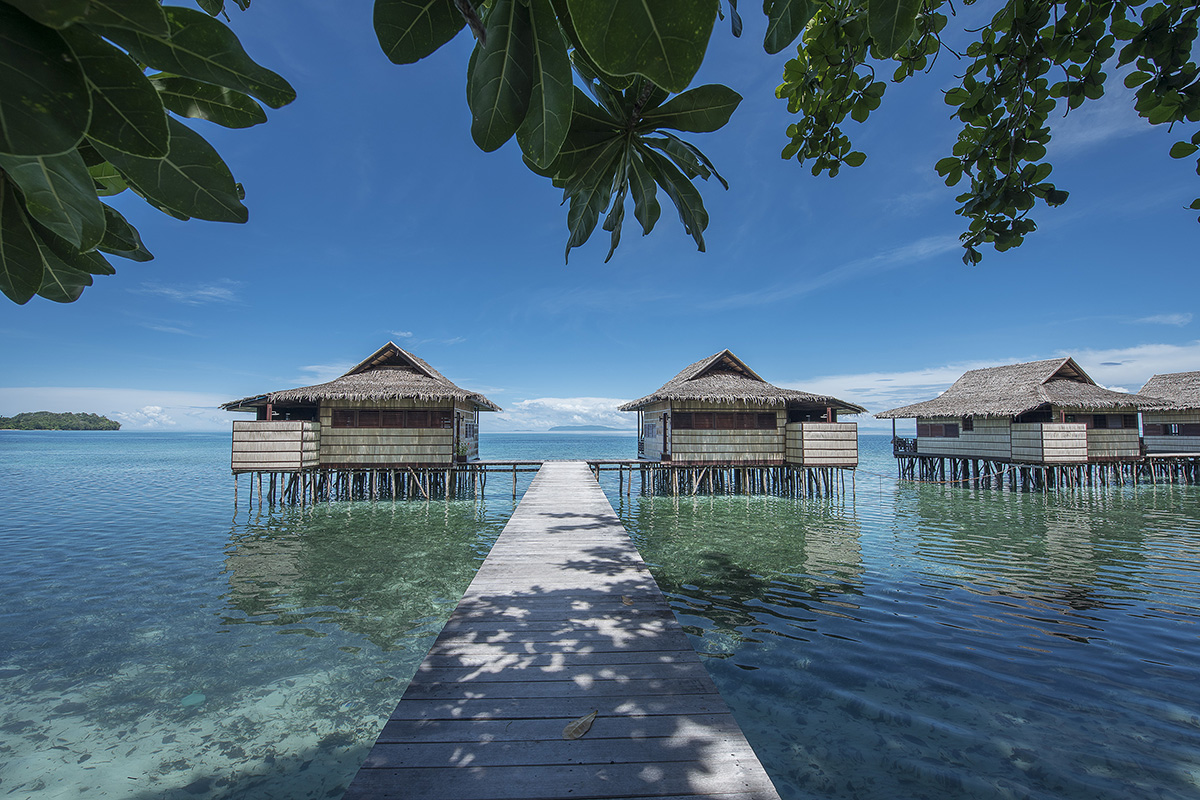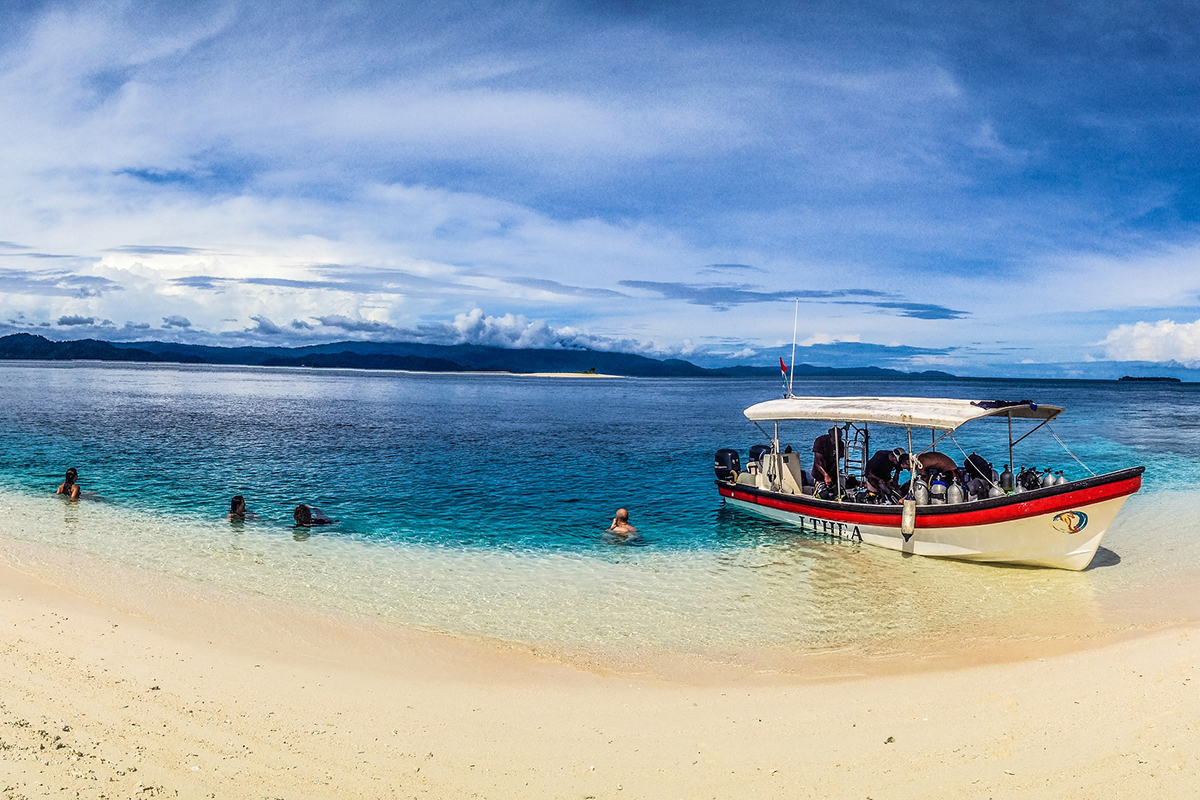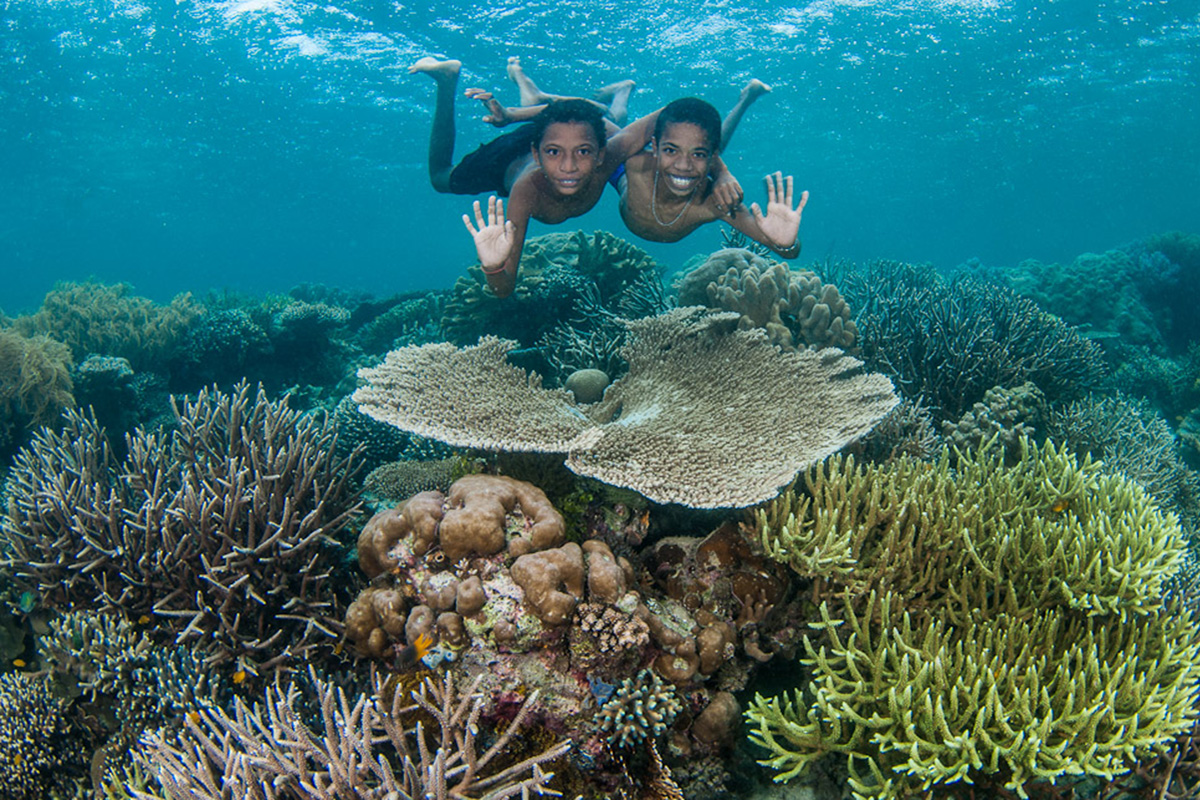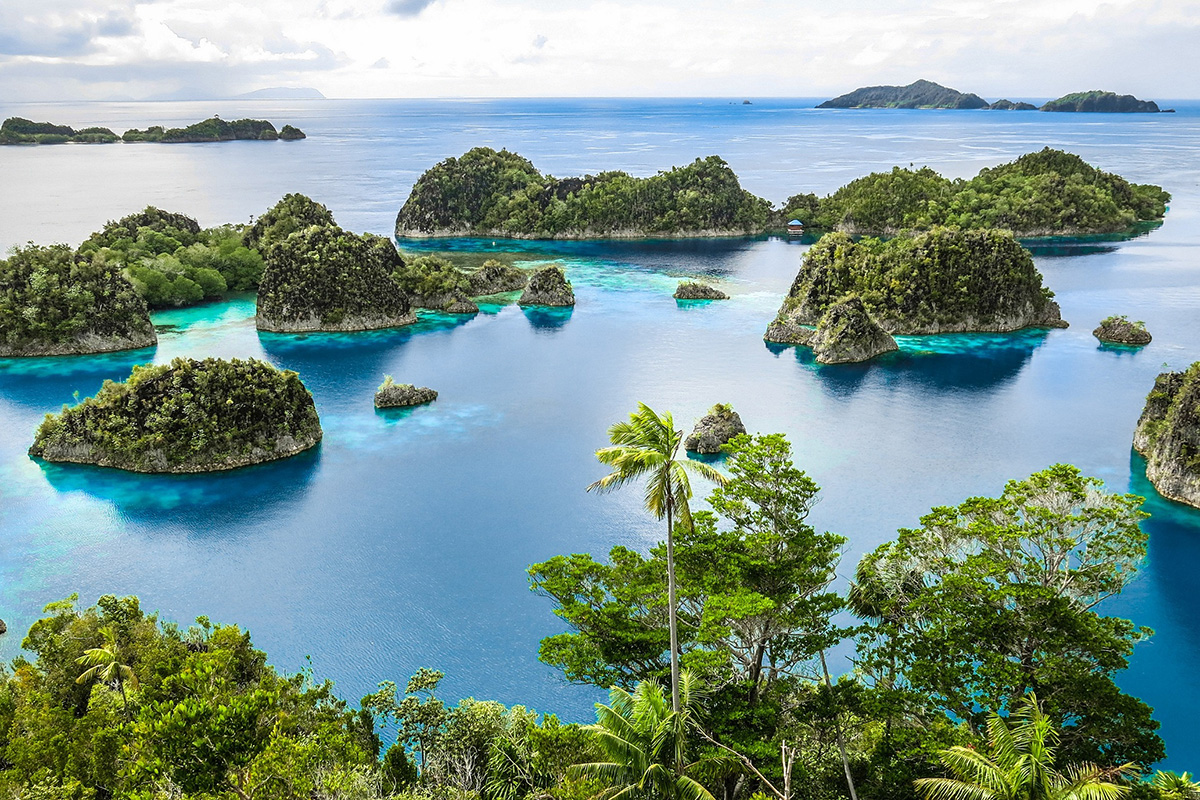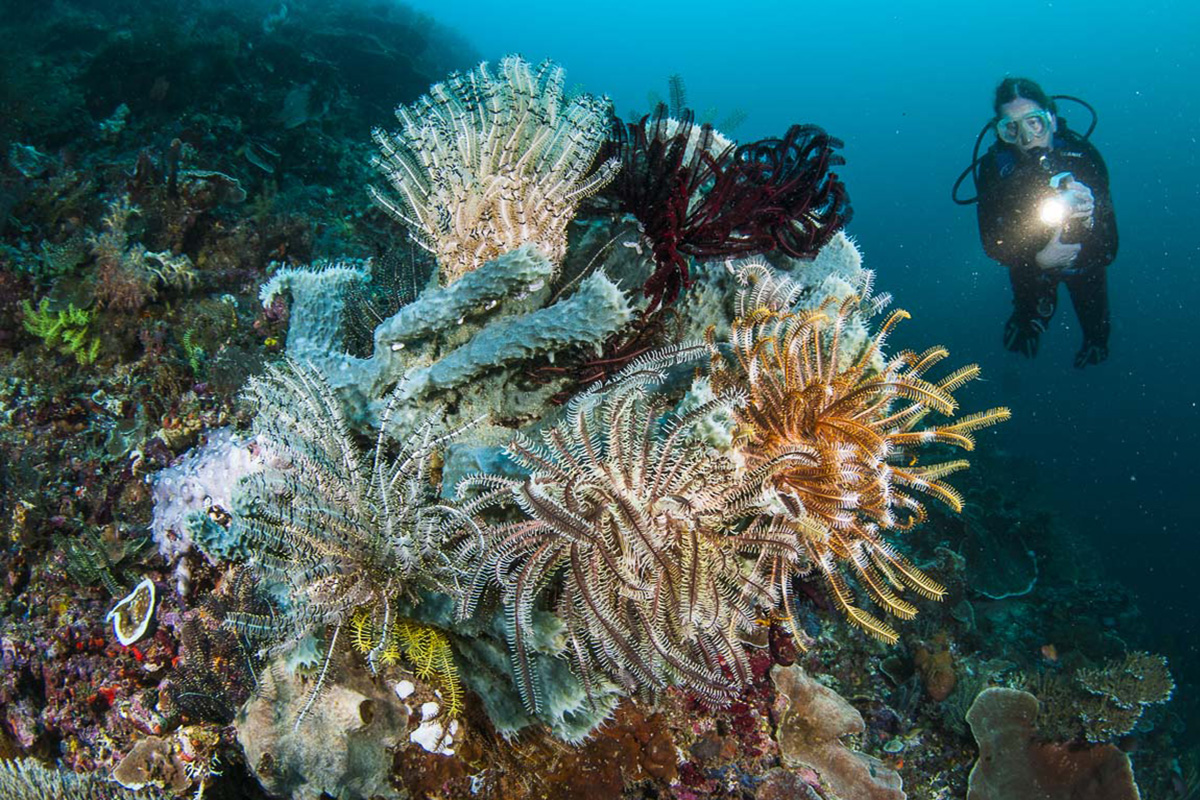How Tourism Actually Helps Marine Conservation in Raja Ampat
Raja Ampat is a remote part of Indonesia in the province of West Papua. Over the past decade, research has shown this area to be one of the most biodiverse in the world and has become an incredibly popular holiday destination for divers. Because of this, access has become easier with more flights, boats and homestays and resorts opening. This may seem like a negative thing for Raja Ampat, but in fact, it is proving to be just the opposite.
The Growth of Tourism
In the not so distant past Raja Ampat was a nickel mining area. No tourists visited and the Indonesian government had no interest in the area for anything other than mining. Local people also fished for a living, sometimes by destructive methods.
However, as scuba divers and marine biologists began to travel to the more remote eastern parts of Indonesia, they discovered the absolute wonder of Raja Ampat’s biodiversity. It was soon realized that Raja Ampat was far more important to marine conservation than anyone had ever thought and agencies like Conservation International, the World Wildlife Fund, and the Nature Conservancy started to move in.
Now, especially with social media and online articles so easy to access, divers and also non-diving travelers dream of visiting Raja Ampat for its stunning views, breathtaking array of flora and fauna both above and below water, and also its unique culture.
Keeping Tourism Eco-Friendly
As we’ve been seeing more and more over the past few years, beautiful places can be destroyed by mass tourism. Often infrastructure and laws are lacking and leave areas open to environmental problems like lack of waste disposal, overcrowded roads and damage to marine life.
Thankfully in Raja Ampat local rules, government intervention, and help from non-profit conservation organizations began early in the tourism ‘boom’ and have minimized any damage that tourism causes.
In fact, the influx of tourists has had an incredibly positive effect on the environment. This can be seen in resorts like Papua Paradise Eco Resort where guests come from all over the world specifically to see the beauty of the area without making a negative impact on the environment.
How Tourism Has Saved Raja Ampat
Local people in Raja Ampat have a great respect for their surroundings, but they are also generally poor and need to feed and clothe their families. Destructive fishing methods, building tourism facilities, mining and drilling for oil are all pretty quick and easy ways to make money. This is why local people needed to be educated and shown that their greatest resource was actually keeping the beautiful place they lived in as pristine and natural as possible.
Through numerous education programs about the eco-system of Raja Ampat, most people on the islands have been able to secure themselves a much better living than they would ever have had through other methods. They guide tours, work in guesthouses or resorts, show tourists their unique culture and arts, and work together with government and non-government agencies to protect their precious home.
Of course there is still work to be done but with the local people on the side of the government and conservation teams, there is a much better chance of success.
If you’d like to learn more about what’s being done to preserve Raja Ampat read Saving Raja Ampat’s Marine Biodiversity
Visiting Raja Ampat
When you visit Raja Ampat you will pay a Rp1 million fee to enter the Raja Ampat Marine Park. This is included in the price of your stay at Papua Paradise Eco Resort and is valid for one year. This fee goes towards conservation programs in the area.
You may also want to read our blog about Diving Responsibly in Raja Ampat.
What do you do to keep your trips to areas like Raja Ampat as eco-friendly as possible? We’d love to hear about it in the comments below.

